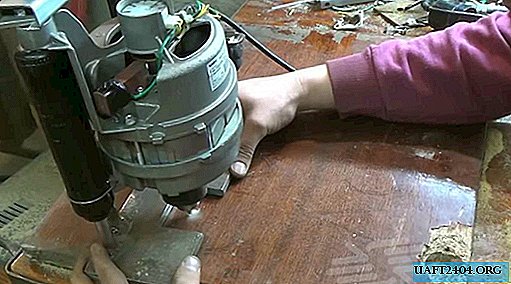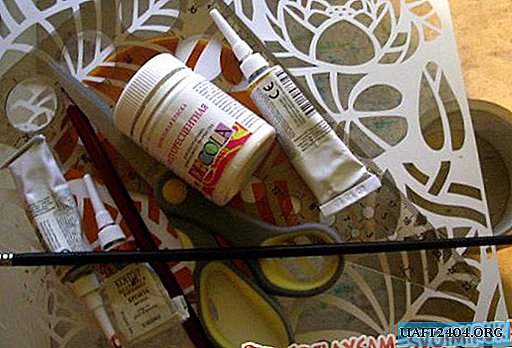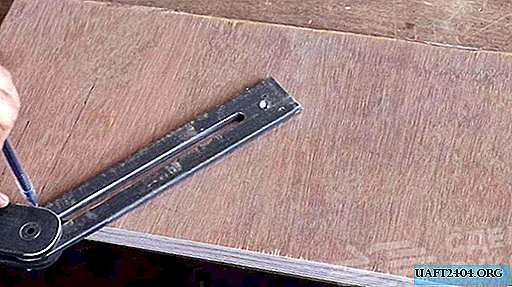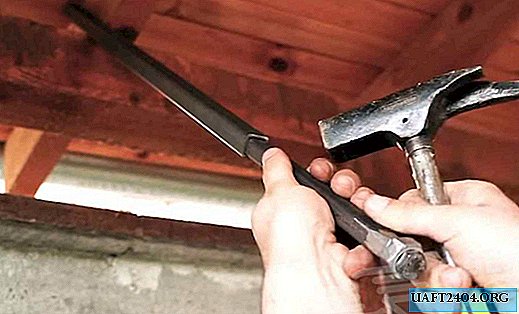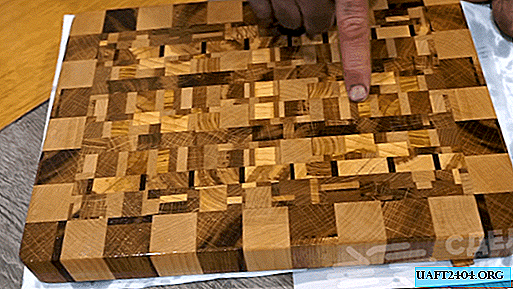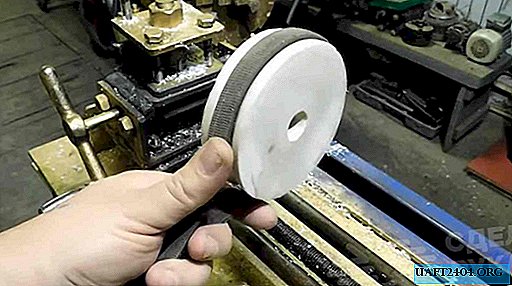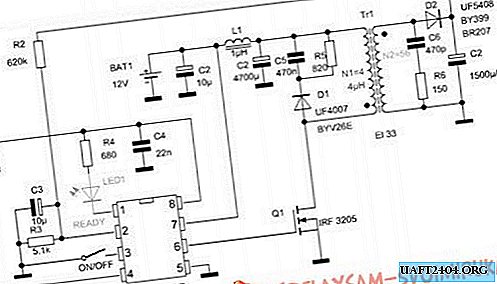Share
Pin
Tweet
Send
Share
Send

A self-excited oscillator generates pulses based on the resonant frequency of the circuit. As a result, a powerful alternating electromagnetic field with a frequency of the order of 35 kHz appears in the coil.
If a core of conductive material is placed in the center of this coil, then electromagnetic induction will appear inside it. As a result of frequent changes, this induction will cause eddy currents in the core, which in turn will lead to the generation of heat. This is the classic principle of converting electromagnetic energy into thermal energy.
Induction heaters have long been used in many areas of production. With their help, it is possible to do hardening, non-contact welding, and most importantly - spot heating, as well as melting of materials.
I will show you the circuit of a simple low-voltage induction heater, which has already become a classic.

We will simplify this circuit even further and we will not install the Zener diodes "D1, D2".
Elements to be used:
1. Resistors at 10 kOhm - 2 pcs.
2. 470 ohm resistors - 2 pcs.
3. Schottky diodes on 1 A - 2 pcs. (You can others, most importantly for a current of 1 A and high-speed)
4. Field effect transistors IRF3205 - 2 pcs. (you can take any other powerful ones)
5. Inductor "5 + 5" - 10 turns with a tap from the middle. The thicker the wire, the better. Drummed on a wooden round stick, 3-4 centimeters in diameter.
6. Throttle - 25 turns on a ring from an old computer unit.
7. The capacitor is 0.47 uF. It is better to collect capacity with several capacitors and at a voltage of at least 600 volts. At first I took it at 400, as a result of which it started to bask, then replaced it with a composite of two in series, but they don’t do it, it was just not at hand anymore.



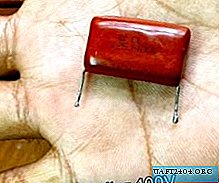


Making a simple induction heater 12 V
We wind the inductor.


I assembled the entire circuit with a hinged installation, separating the inductor with a block from the entire circuit. The capacitor is preferably located in close proximity to the terminals of the coil. Not like mine in this example in general. Transistors installed on radiators. I powered the entire installation from a 12 volt battery.


Works great. The clerical knife blade heats up to red very quickly. I recommend everyone to repeat.
After replacing the capacitor, they no longer heated. Transistors and the inductor itself are heated, if it works constantly. For a short time - almost not critical.



Watch the video assembly and testing:
Also recommend for viewing:
Share
Pin
Tweet
Send
Share
Send

